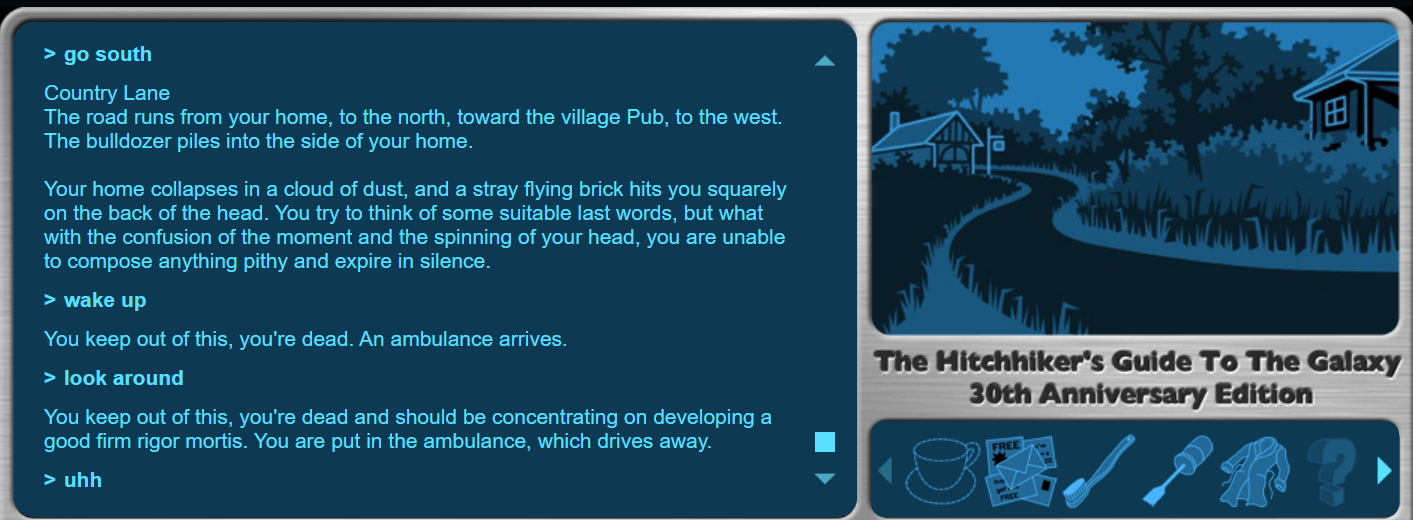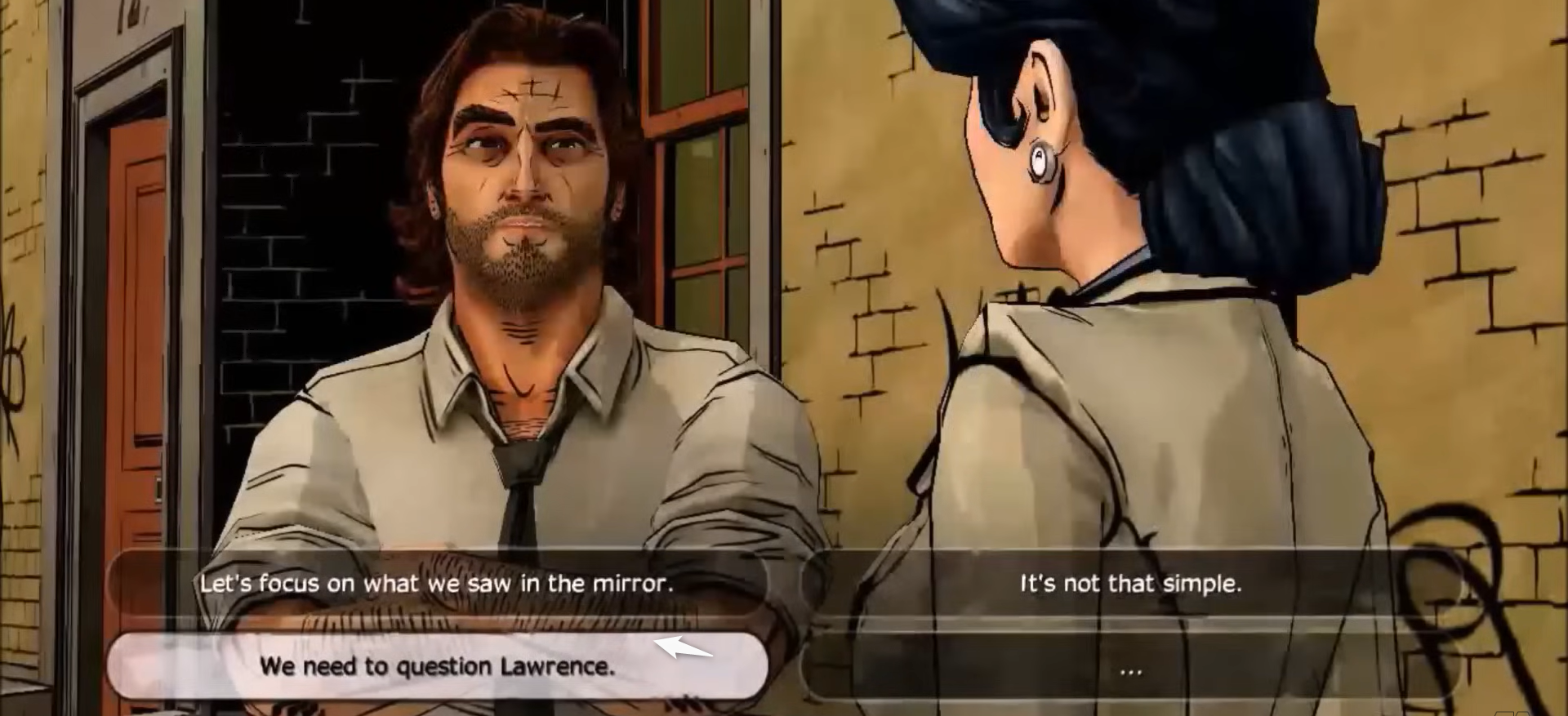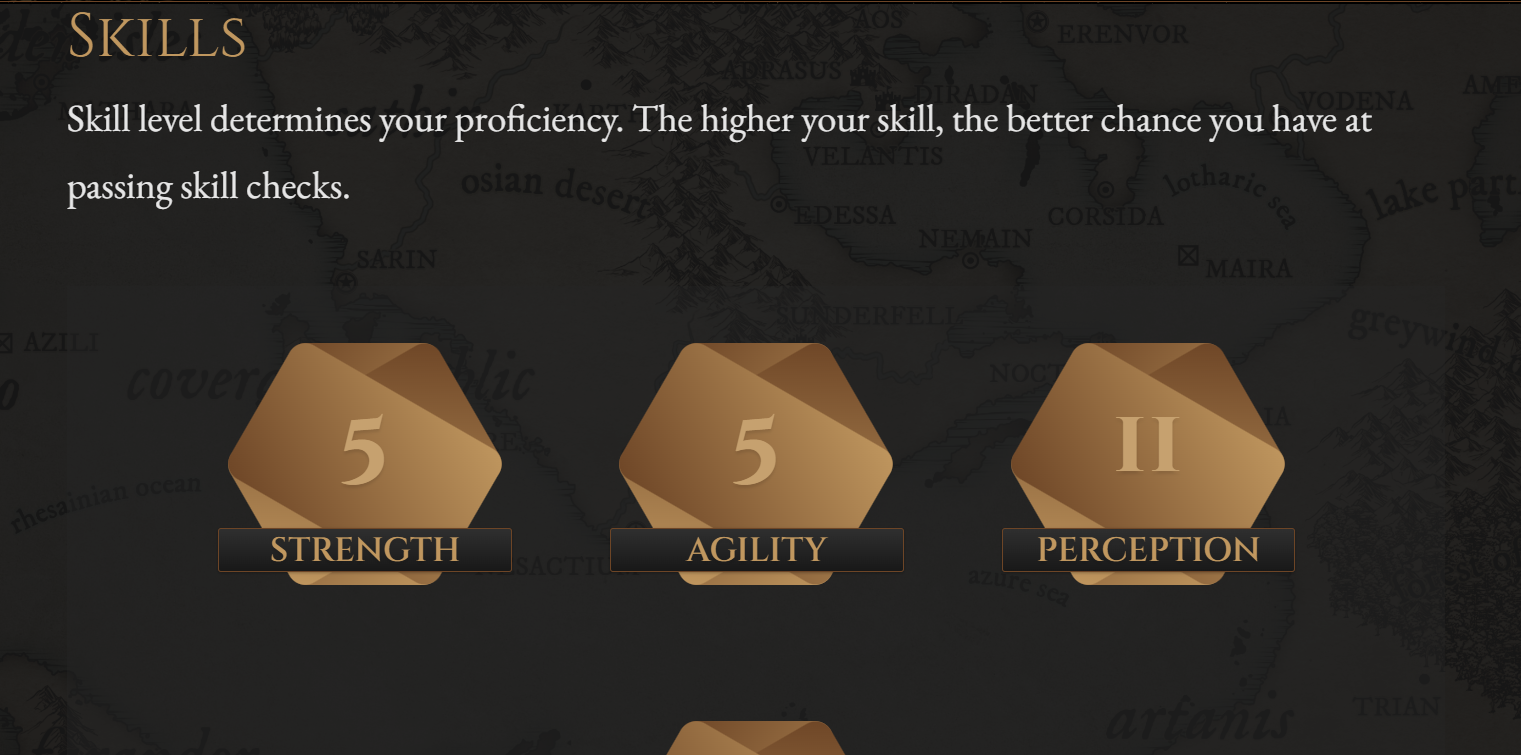Summary
- Interactive fiction games offer real choice, impacting outcomes and character interactions and manage to create deep worlds without fancy graphics, instead immersing players through storytelling.
- Since many games are text based (or light on visuals), they can be played on almost any computer.
- You can start your interactive fiction journey for free, with many games available to play right now in a web browser.
As a Gen Z gamer, I missed the heyday of interactive fiction games. I was always curious about these text-based games but worried they wouldn’t hold up after experiencing modern gaming. After giving them a shot, I think everyone should play an interactive fiction game at least once.
What Are Interactive Fiction Games?
Back in the day, computers didn’t have the graphical power to run complicated games, so game developers had to work with what they had—text and a healthy dose of imagination. In doing so, they created interactive fiction games.
Interactive fiction games are much like reading a book, except instead of passively following along, you get to shape the story. You control the protagonist’s actions and every choice you make could lead to different outcomes.
Early interactive fiction games were purely text-based, but the genre has evolved since then. Today, there are all different types, from classic text-only games like Colossal Cave Adventure to graphical adventures like Life Is Strange. There are also visual novels and animated games that blend storytelling with art.
Interactive fiction may not be as popular as other gaming genres, and you won’t often see them topping any lists—but that doesn’t mean they aren’t worth playing.
Interactive Fiction Games Give You Real Choice
I’ve played plenty of games that claim to give you choice, but in reality, the choice is an illusion. Take Horizon Zero Dawn, for example. The game has moments where you can decide Aloy’s response to situations. You can choose to be compassionate, intelligent, or brutal. However, the problem is that short of affecting the dialogue or the fate of a minor character, your choices have little to no impact on the main storyline.
Interactive fiction, in contrast, is all about choice. Every decision carries weight, no matter how small. Characters remember your decisions, and your actions come back to help or haunt you later.
Your choices can lead to good, bad, or entirely unexpected outcomes, and how the story unfolds is entirely in your hands.
No Graphics, but Still a Deep and Rich World
You might think that interactive fiction games are boring on account of having no graphics, but you would be wrong. The best games in the genre create complex, gripping worlds without the visual element.
For example, when I first played Zork, I was completely disoriented. I had no visual cues, no mini-map, nothing to guide me, just text. It wasn’t until I’d gotten turned around nearly a dozen times that I realized that I’d need to start mapping out the environment if I wanted to make any progress.
But instead of making the experience frustrating, this made it more immersive. I had to actively work to understand my surroundings, and as I built a picture of my environment, everything started clicking into place.
The experience reminded me of playing tabletop RPGs like Dungeons & Dragons. I had to take notes, sketch rough maps, and track important details myself. Yeah, there were no visuals, but that didn’t matter when I was actively constructing the world in my mind.
It wasn’t just the environments though—the lore also impressed me. Interactive fiction games are entirely story-driven, meaning the lore is the backbone of the experience. As you progress, bits and pieces of the world reveal themselves, just like in a novel, and you have to pay attention to dialogue and pick up on subtle clues to uncover the full picture.
What makes it even more exciting is that you might not get the whole story in just one playthrough. The best interactive fiction games have dozens of branching paths, each revealing different details depending on the choices you make. This means that. even after finishing the game once, you can dive back in, make different decisions, and still be surprised by what you discover. Now that’s what I call replay value!
Interactive Fiction Games Will Make You Introspect
An unexpected but welcome side effect of playing interactive fiction games was how they forced me to reflect on parts of my personality I hadn’t given much thought to before.
For example, while playing Wayfarer, my character frequently encountered situations that could be resolved with brute force, cunning, or persuasion. As I progressed in the game, I noticed a pattern—I almost always avoided confrontation.
Instead of charging in headfirst, I leaned toward persuasion and clever problem-solving. I’d rather talk my way out of trouble or find an alternative solution than try to solve things with force. By the end of the first chapter, I wasn’t surprised to see that my skill tree was skewed towards perception and persuasion instead of strength and agility—a testament to my preference for diplomacy over aggression.
This kind of self-discovery is one of the most fascinating aspects of interactive fiction. It’s kind of like taking a personality test but in the form of a game. It’ll reveal things about you—your instincts, your values, and even your hidden biases.
Getting Into Interactive Fiction Is Easy and Often Free
Interactive fiction is one of the easiest game genres to dive into. The games aren’t large or graphically intensive, so you can play them even on a potato PC. You may need an interactive fiction interpreter for some games, but a lot of them will run from your browser.
You also don’t have to spend a dime to get started with interactive fiction. There are tons of classic and modern titles available for free, making it easy to experiment and find what you like. Websites like the Interactive Fiction Database, Itch.io, and the Interactive Fiction Archive offer a vast collection of free games. You can also find free and reasonably priced interactive fiction games on Choice of Games and Steam.
With such a massive collection available, you could stick to free titles alone and never run out of games to play. Plus, some developers release additional chapters—like DLCs—so you can keep enjoying your favorite stories long after your first playthrough.
Getting Started With Interactive Fiction Games
If you’re looking to cut your teeth on interactive fiction, I’d recommend starting with The Wolf Among Us (provided you don’t mind a dark plot and prodigious amounts of violence). In fact, anything from Telltale Games is a great place to start. Their games are closer to traditional video games, so they will be a soft landing for your introduction to the genre.
Once you’ve got the hang of the genre, you can then start getting into text adventures like Arcadie: Second Born, I, The Forgotten One, and Samurai of Hyuga.
Finally, I’d be remiss if I didn’t suggest classics like The Hitchhiker’s Guide to the Galaxy, Colossal Cave Adventure, Oregon Trail, and Zork.








